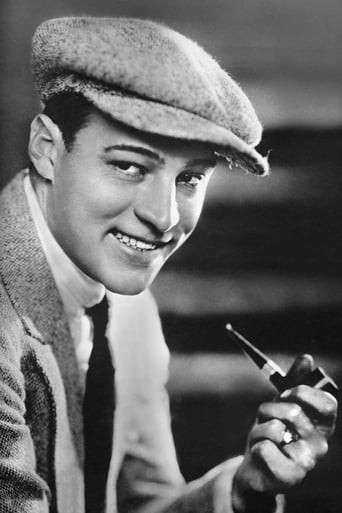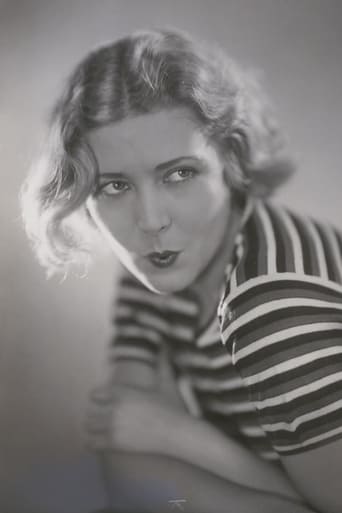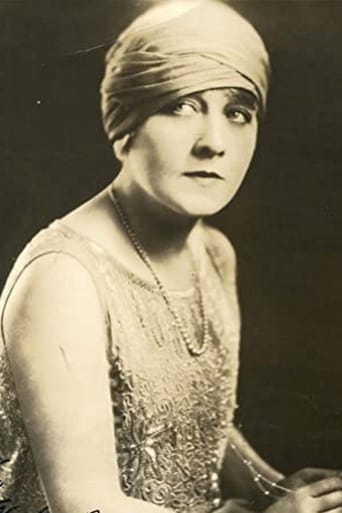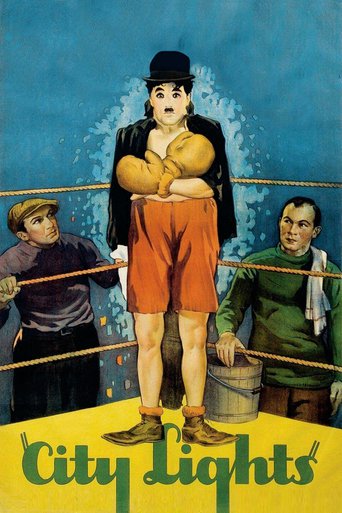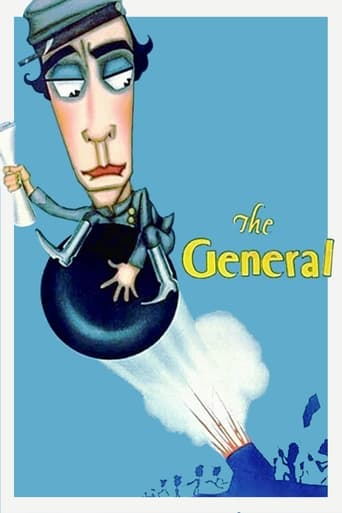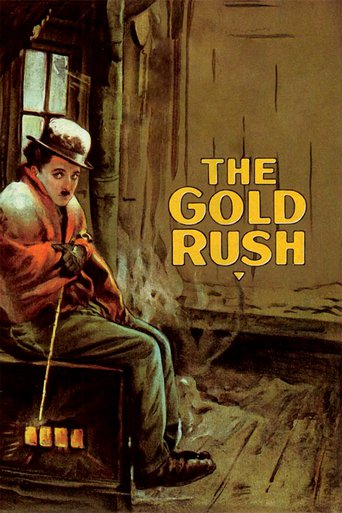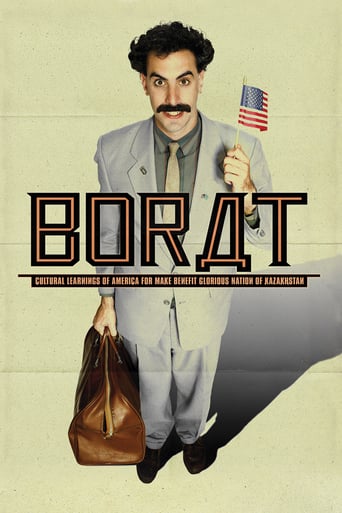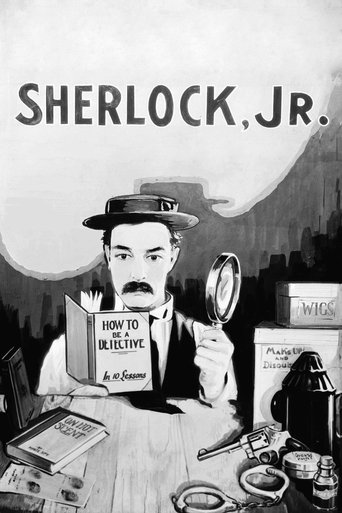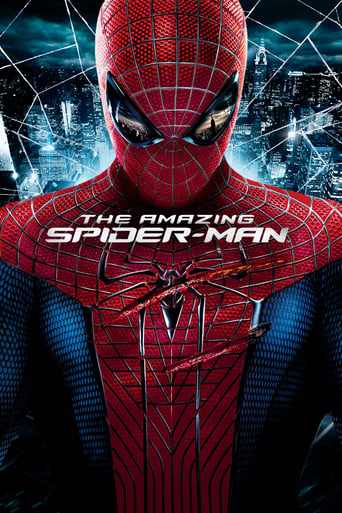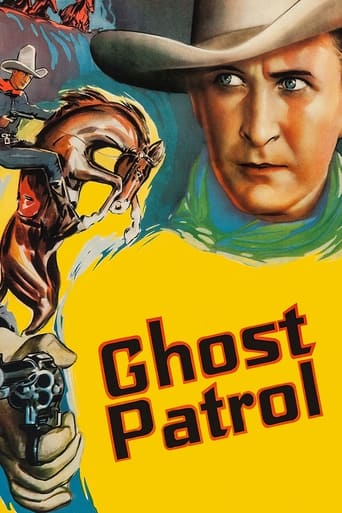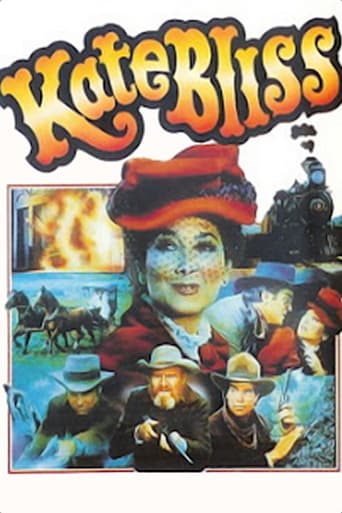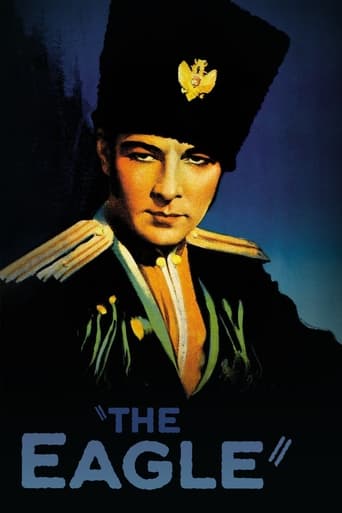

The Eagle (1925)
Vladimir Dubrouvsky, a lieutenant in the Russian army, catches the eye of Czarina Catherine II. He spurns her advances and flees, and she puts out a warrant for his arrest, dead or alive. Vladimir learns that his father's lands have been taken by the evil Kyrilla Troekouroff, and his father dies. He dons a black mask, and becomes the outlaw The Black Eagle. He enters the Troekouroff household disguised as a French instructor for Kyrilla's daughter Mascha. He is after vengeance, but instead falls in love with Mascha.
Watch Trailer
Cast


Similar titles
Reviews
I seldom see this title mentioned on lists of great silent films, and perhaps it doesn't belong in the same heady company with the works of Murnau and Eisenstein, but surely The Eagle belongs on anyone's list of the most entertaining movies made during the silent era. It is first-rate escapism, a real "movie-movie" that can hold its own with the best swashbuckling sagas of Douglas Fairbanks and Errol Flynn, and that counts for a lot in my book. It's also one of the best movies in which Rudolph Valentino appeared (along with his next film, The Son of the Sheik, which unfortunately proved to be his last), or in any case it's one that holds up well for modern viewers, offering just the right blend of action, suspense, comedy, and romance, all presented at a brisk tempo. Valentino rapidly improved as an actor during his brief career, so in these final appearances there is no trace of the nostril-flaring histrionics on display in some of his early performances. At the pinnacle of his career as a movie star, Valentino is at the top of his game in this action hero role, charismatic and self-assured, but displaying just a touch of self-mockery to keep things in perspective.Rudy plays a Cossack officer, Lieutenant Dubrovsky, stationed in the court of Catherine the Great. (The Czarina is played by Louise Dresser in a brief but memorable turn.) Dubrovsky catches the Czarina's eye when he manages to regain control of a runaway carriage just outside the palace gates, and in this way he also meets a beautiful young lady named Mascha (Vilma Banky), with whom he becomes involved. The plot kicks into gear when Dubrovsky rejects the Czarina's advances; soon afterward, he assumes the persona of the Black Eagle, an outlaw devoted to avenging his father, whose lands have been appropriated by an evil count named Kyrilla -- who just happens to be Mascha's father. Valentino's character in this film is often described as a "Russian Robin Hood," but the parallel with Zorro is stronger, especially when he manages to operate under the very nose of his arch enemy in the guise of a foppish French tutor, Monsieur Le Blanc. Much of the film's humor comes from these scenes, but when the time comes for action The Black Eagle is all business, and Valentino proves himself as dashing and gallant as Douglas Fairbanks while cutting a more romantic figure.The Eagle points up the importance of silence in Valentino's career, for while he was said to have a pleasant voice it might have been difficult to accept him as a Russian officer in a talkie; let's face it, Rodolfo Alfonzo Raffaele Pierre Filibert Guglielmi di Valentino d'Antonguolla would have a hard time persuading anyone of his Russian heritage if we could hear him speak. Leading lady Vilma Banky, who was as beautiful as Rudy was handsome, spoke limited English with such a thick Hungarian accent that talkies ended her American film career, so this movie could not have worked so well with the same cast as a talkie, even if Valentino had survived into the 1930s. And besides, the highly stylized 19th century "Russia" of this film is very much a Hollywood fantasy concoction anyhow, the sort of thing that worked best in silent cinema. One of my favorite aspects of The Eagle is the elaborate Art Deco design scheme by William Cameron Menzies, which at times almost suggests the world of Dr. Seuss (a bit of an exaggeration, perhaps, but not by much). Combine Menzies' sets with the stylish cinematography of George Barnes, spice the mix with George Marion Jr.'s witty title cards, top it off with the slyly tongue-in-cheek performances, and you have all the ingredients for a cinematic feast.In sum, I feel it's the comic elements of The Eagle that make it such a fun film, the sense that the filmmakers are discreetly giving us a little wink to let us know they're well aware this is all cotton candy. Speaking of comedy, the cast features a couple of Keystone veterans in supporting roles: Mack Swain, who was so memorable as the delusional prospector in Chaplin's The Gold Rush, has a brief uncredited bit as an inn-keeper who misunderstands Monsieur Le Blanc's needs; and veteran character actor George Nichols, who plays the corrupt judge, directed a few of Chaplin's earliest comedies, including The Star Boarder and Cruel, Cruel Love. Maybe it's the Keystone pedigree that boosts the comedy content here, but whatever the case this film stands as a highly enjoyable example of what Hollywood craftsmen were capable of when the silent cinema was at its peak.
Worried that Valentino's screen image had become effete after the somewhat arty pictures he had made with his now estranged wife, his studio found him a part that was 100% male but would still include the lovemaking his female audience loved (it turned out the studio chose well-- going by fan mail, this movie proved equally popular with men and women).Valentino's role of Vladimir Dubrowski in "The Eagle,"--a sort of Cossack Robin Hood--was obviously influenced by the Douglas Fairbanks movies, but it's no pallid rip-off. Whereas Fairbanks, much like a male lead in a Spielberg film, tends to keep the hugging and kissing to a minimum, Valentino, although he can handle a sword very skilfully, makes the film his own by balancing the swashbuckling with plenty of wooing. He also shows that he was not above poking fun at his persona as a lady killer, as when besotted by the female lead he overloads his soup with pepper (the die hard Valentino haters always overlook this self depreciating side to his performances). The other performers are strong tooJames Marcus is repugnant as the corrupt and cowardly aristocrat Kyrilla who has ruined Vladimir's father (but somehow pathetic in his final scenes when he realizes he has lost his daughter); Louise Dresser is amusing and touching as the post menopausal and horny czarina who becomes murderous when Dubrowski resists her advances, and Vilma Banky is sweet but assertive as the best romantic heroines are, and very affecting in the scenes in which she is torn between her attraction to Dubrowski and her filial love for her unworthy father. The film also sets itself apart from the Fairbanks sort of swashbuckling epic (in which the hero is usually content to mete out punishment to wrongdoers) by raising the question that that maybe vengeance should be left to God rather than men and that as Mascha points out to Vladimir a life totally motivated by hate is a wasted one. In fact the script is so much on the side of forgiveness that even the ruthless Czarina, after a last minute change of heart about Vladimir's execution, is allowed a happy ending--and a more age appropriate suitor.All in all, a very fine comeback vehicle for Valentinobut how sad that it proved to be his penultimate film.
This was the first silent film I'd ever seen, and it immediately captivated me. All the acting is incredible, and Valentino's allure is breathtaking. The story is adventurous and interesting and even humorous at times. I recommend it to anyone interested in seeing a silent film or anyone just looking to see some classic entertainment.
THE EAGLE (United Artists, 1925), directed by Clarence Brown, is a worthy adventure story starring the legendary Rudolph Valentino (1895-1926) in one of his better silent films set in imperial Russia under the reign of Catherine II. Valentino plays Vladimir Dubrovsky, a handsome young lieutenant in her majesty's imperial guard, who becomes a hero of the hour when he rescues a runaway carriage with the beautiful Mascha Troekouroff (Vilma Banky) and her maiden Aunt Aurelia (Carrie Clark Ward) as the occupants, and returning the wandering horse to its titled owner, Catherine II, the Czarina (Louise Dresser). Impressed by the young Cossack, the Czarina invites Dubrovsky over to dine with her. Realizing that she wants to add him to her one of many lovers, he rejects her advances. Later when Dubrovsky comes to visit his father (Spottiswoode Aiken), he arrives only to find that he has been robbed of his estate by Kyrilla (James Marcus), a vicious landowner, and left to die in a peasant's hut. Wanting to avenge his father's death, Dubrovsky abandons his military duties by assuming a bandit's disguise, forming a group of followers in his cause, and becoming know as "The Black Eagle." While becoming the Russian "Robin Hood," there is a 5,000 rubles reward for the capture of Vladimir Dubrovsky for desertion by the Czarina. In order to gain entrance to Kyrilla's home, Dubrovsky assumes the identity of Monsieur LeBlanc, a French tutor, and bides his time to revenge himself on the man responsible for his father's death. However, things start to change when he meets the beautiful Mascha once again (first as the lieutenant who rescues her from the runaway carriage, and second posing as The Black Eagle who robs her and her aunt of their worthy possessions), who happens to be Kyrilla's daughter.THE EAGLE is old-fashioned screen entertainment that borrows from the combination of recent successes to THE MARK OF ZORRO (1920) and ROBIN HOOD (1922) both starring Douglas Fairbanks, but minus the swashbuckling. As with Fairbanks, THE EAGLE is fast-paced, simply tongue and cheek, including some witty title readings such as "Revenge is sweet, but sometimes a girl is sweeter," or a memorable line in which The Eagle goes by, "The Eagle does not war against women." Along with some authentic dress designs, compliments of Adrian, this production also includes expensive set designs by William Cameron Menzies that help make THE EAGLE capture the flavor of old imperial Russia. Clarence Brown direction is first rate, featuring fine camera style tracking over the long dinner table during a social function dinner scene at the home of Kyrilla.Also featured in the cast are Albert Conti as Captain Kuschka; George Nichols as The Judge; and Michael Pleschkoff as the Captain of the Cossack Guard. As for Louise Dresser, with little screen time, first during the early portion of the story and again during the film's final ten minutes, she makes an very impressive Catherine II in her scene stealing performance. Because Valentino and the Hungarian-born Vilma Banky worked so well together in THE EAGLE, they were reunited again in THE SON OF THE SHEIK (1926). A new love team might have emerged with these two big hits of the day, but sadly, after the release of their second pairing, Valentino stunned the world when he died at the age of 31. Over the next few years, THE EAGLE and THE SON OF THE SHEIK would play as a double bill whenever revived in theaters.THE EAGLE became one of twelve selected films presented during the summer months on public television's weekly series of "The Silent Years" (1975) as hosted by Lillian Gish, with a theater organ score by Lee Erwin from the Paul Killiam collection, the same print used when aired on cable television's Turner Classic Movies. The popularity of THE EAGLE assured its availability during the early years of video cassettes. In a very hard to locate video, distributed as early as 1980 (manufacturer unknown), the copy featured a fine 1920s style Movietone score consisting of classical Russian symphonies that were used for latter theatrical reissues, along with original opening movie titles. In later years, various other prints became available, such as Video Yesteryear with an accu-speed copy longer than the standard 74 minutes; the Blackhawk (later Republic Pictures) video with the use of the print used in "The Silent Years," as well as a video labeled "Legendary Silents" with the Thames orchestral score conducted by Carl Davis. It is also available on DVD. Whichever and however THE EAGLE is presented, its availability does rest assure on a new generation of audiences and rediscovery of the legend of Valentino. (***)


